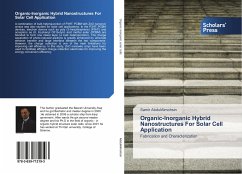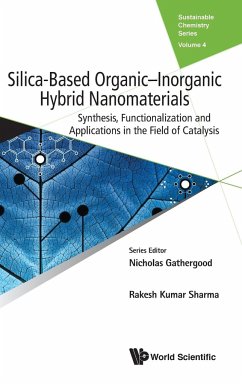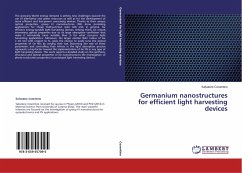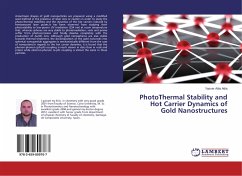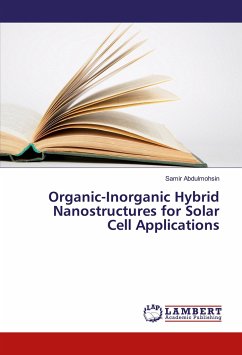
Organic-Inorganic Hybrid Nanostructures for Solar Cell Applications
Versandkostenfrei!
Versandfertig in 6-10 Tagen
40,99 €
inkl. MwSt.

PAYBACK Punkte
20 °P sammeln!
The enticing electro-optical properties of nanostructured materials such as carbon nanotubes, graphene, CdS nanocrystals and ZnO nanowrie bring new vigor into the innovation of photovoltaics. The main purpose of this dissertation is to develop novel nano-structured materials for low cost solar cell applications. Fabrication, characterization, and solar cell application of organic-inorganic hybrid structures are the main focus of this research. Polyaniline (PANI)/multi-walled carbon nanotube (MWNT) composite films were synthesized by an electrochemical polymerization of aniline with airbrushed ...
The enticing electro-optical properties of nanostructured materials such as carbon nanotubes, graphene, CdS nanocrystals and ZnO nanowrie bring new vigor into the innovation of photovoltaics. The main purpose of this dissertation is to develop novel nano-structured materials for low cost solar cell applications. Fabrication, characterization, and solar cell application of organic-inorganic hybrid structures are the main focus of this research. Polyaniline (PANI)/multi-walled carbon nanotube (MWNT) composite films were synthesized by an electrochemical polymerization of aniline with airbrushed MWNTs on ITO substrates. It was found that the incorporation of MWNTs in PANI effectively increase the film conductivity with a percolation threshold of 5% of nanotubes in the composite. The solar cell performance strongly depends on the conductivity of the composite films, which can be tuned by adjusting nanotube concentration. A higher conductivity resulted in a better cell performance, resulting from an efficient charge collection. This study indicates that PANI/MWNT composite films with optimized conductivity are potentially useful for low-cost hybrid solar cell applications.



